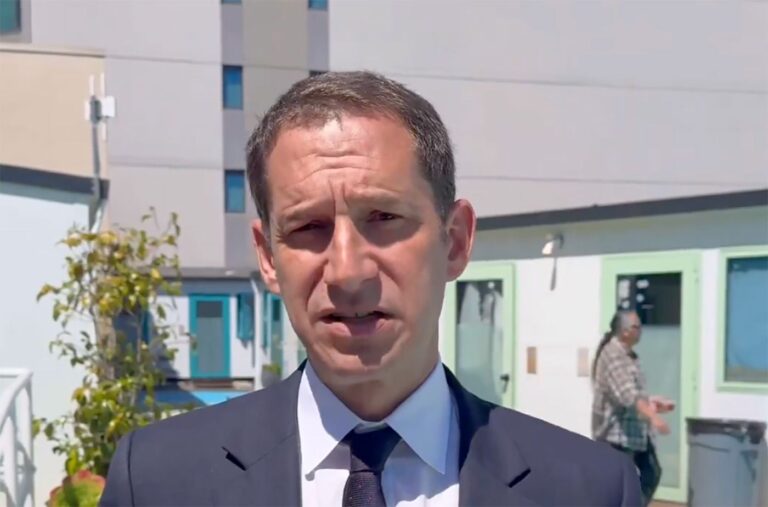San Francisco’s Breaking the Cycle Fund: A New Initiative Against Homelessness
San Francisco Mayor Daniel Lurie recently announced the launch of the Breaking the Cycle Fund, fulfilling a key promise from his campaign to leverage the support of affluent donors in addressing two significant challenges in the city: homelessness and behavioral health.
Overview of the Fund
The Breaking the Cycle Fund is structured as a public-private partnership, aimed at increasing the availability of treatment and shelter beds, ultimately working to reduce the number of individuals living on the streets. To date, the initiative has garnered a total of $37.5 million. Notably, $11 million of this amount originates from Lurie’s own Tipping Point Community foundation, which has been focused on homelessness for nearly a decade. In a recent fundraising event, Tipping Point raised an additional $20 million.
Key Contributors
Significant donations to the fund have come from various philanthropic sources, including:
- Charles and Helen Schwab Foundation: $10 million
- Michael Moritz’s Crankstart Foundation: $10 million
- Keith and Priscilla Geeslin: $6 million
- Horace W. Goldsmith Foundation: $500,000
Addressing Urban Challenges
Lurie emphasized the objective of this funding, stating, “This work is about so much more than money alone. It’s about breaking away from failed strategies and building more effective systems and services to break the cycles of homelessness, addiction, and government failure— and reclaim San Francisco’s place as the greatest city in the world.”
The funds are intended to enable the city to set up various types of supportive housing, including stabilization beds, mental health and drug treatment facilities, and tiny homes for transitional living.
Current Context of Homelessness in San Francisco
Despite the significant financial commitment represented by the Breaking the Cycle Fund, critics highlight that it may not have a transformative impact, particularly when considering the city’s annual spending of around $700 million on homelessness and its current $818 million budget deficit over the next two years. As reported by the Chronicle, Lurie acknowledged that while this initial funding is substantial, it is only a starting point, noting the need for a collaborative approach across sectors to maximize resources and effectiveness.
Future Prospects
The fund was approved by the San Francisco Board of Supervisors in early February as an integral part of Lurie’s Fentanyl State of Emergency ordinance. Lurie aims to utilize these funds to “rapidly increase interim and treatment bed capacity,” with the goal of getting more individuals indoors and linking them to necessary care services. According to the latest homeless census data from 2024, there are approximately 8,300 homeless individuals in San Francisco, with a concerning percentage struggling with mental illness and substance abuse issues.
Conclusion
The success of the Breaking the Cycle Fund remains to be seen, but it represents a concerted effort to tackle two of San Francisco’s most pressing social issues. Stakeholders look forward to observing the impact of this initiative on the city’s ongoing efforts to combat homelessness and support mental health.



